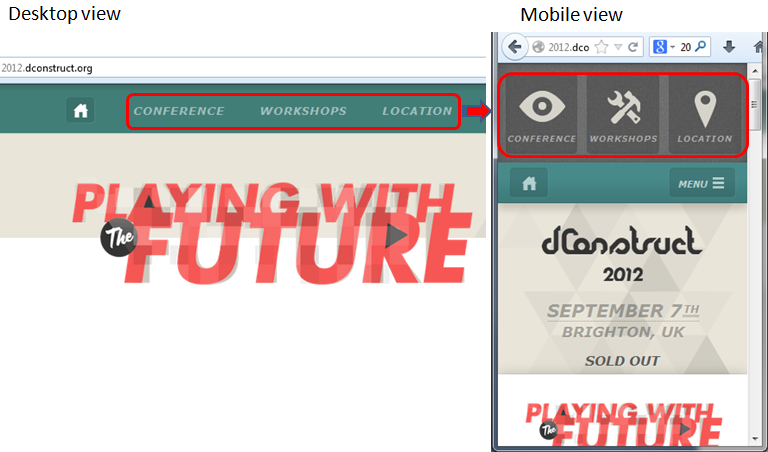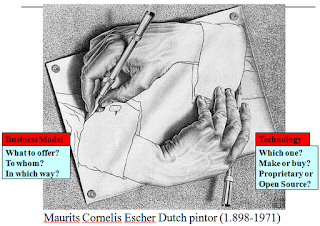A post ago, I talked about Responsive web design and I, Touristologistly, declared that to be responsive with the design is OK BUT, we also have to do the same with the Servuction process.
My Touristologists agree, they said “Right Jordi! Exactly what is Responsive Web Servuction? Can you provide one of your marvelous summaries (Well they didn’t said marvelous but I’m sure that they were thinking about a similar word!!!)
In a nutshell, Responsive Web Servuction means to adapt our enterprises /tourist destinations to the web 3.0 we have to be able to provide the 3 C’s (Content, Commerce and Community) in the three ways that we talked about in web 2.0 business model.
A) Customized: We don’t want all the information or commerce. We want the information that matters to US right here, right now (Does Location Base Services ring a bell?). We don’t want to share experiences with everybody. We want to share with people who we trust. We want to learn from people with more experience, we want to get advice from people with similar taste/knowledge/background… or a complementary one.
B) Syndicated: We are talking about the cloud, right? So, we don’t want to go to a specific website. We want to go to the cloud and get, send and manage everything related to the trip. You can check out the examples of Superfly here or WorldMate here
C) And yes! We want to be a part of the process and embrace the pro-am movement. We want to show off that we are experts as well! We want to create, communicate and commercialize our own services (Does gidsy ring a bell?). We want to participate in the servuction process!
(Luckily, we are Touristologists and the fact that the customers want/have to participate in the Servuction process is not a problem… At all!!!).
Yes! We want to provide the 3C’s and in these three ways… In all the phases of the trip (before, during and after). Of course, that means that it doesn’t matter what device the tourists is using at any moment!
So remember, Touristologists!
Mobile adaptation? YES! But also adaptation to ANY device with synchronization and integration as we described here!
Responsive Web Design? Of course! But at the service of Responsive Web Servuction! It isn’t about the house /hotel/tourist destination. It is all about the experience we are able to provide! So, it isn’t about the content that we present inside a container customized for any device. It is all about the Servuction that any physical support can help us to deliver at any stage/phase of the trip!
Take this mobile app for instance… blinkbooking
Without mobile devices internet connected, without Location Base Services, without the right Web 2.0 business model… this kind of service wouldn’t make sense. Yes, design is important but the key is the Servuction process!
I’m lucky enough to work in Tourism. Lucky enough to teach and be a mentor for the future of our sector. Lucky enough to be mentored-back by experts in Tourism and Web-Engineering. I used to say “There have been a lot of mistakes in our sector because experts in technology don’t know about tourism and the other way around”. Nowadays, this is less and less true! Consilience’s ideas are part of the new Zeitgeist.
A brilliant future is ahead of Touristology and Touristologists! Let’s enjoy the moment! Let’s be a part of it! Let’s try to lead it! If not you, who? If not now, when?







